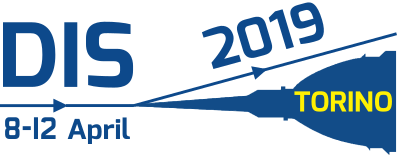Speaker
Description
In quantum mechanics, Einstein, Podolsky, and Rosen (EPR) formulated an apparent paradox of quantum theory in 1935. They considered two quantum mechanical systems were first brought to interaction, then later separated to large distance. A measurement of a physical observable in one system would have an immediate effect on the conjugate observable in the other system, even when they are causally disconnected. Therefore, EPR concluded that there is an inconsistency in the quantum theory. In the parton model formulated by Bjorken, Feynman, and Gribov, the partons inside of a nucleon are viewed as "quasi-free" particles when they are boosted into the infinite momentum frame, where the parton probed by the virtual photon is causally disconnected from the rest of the nucleon. Since the parton and the rest of the nucleon have to form a color-singlet state due to confinement, we encounter the EPR paradox at sub-nucleonic states for the first time. In this work we propose a resolution of this apparent paradox via quantum entanglement. We test this idea by measuring the entanglement entropy of the system using data from proton-proton collisions at the Large Hadron Collider, and our results provide a strong direct indication of quantum entanglement at sub-nucleonic scales.
